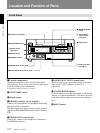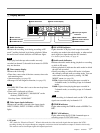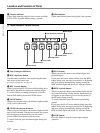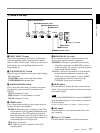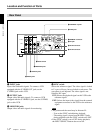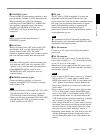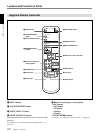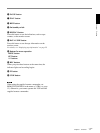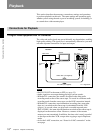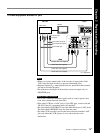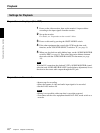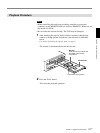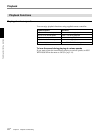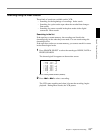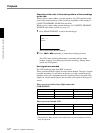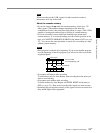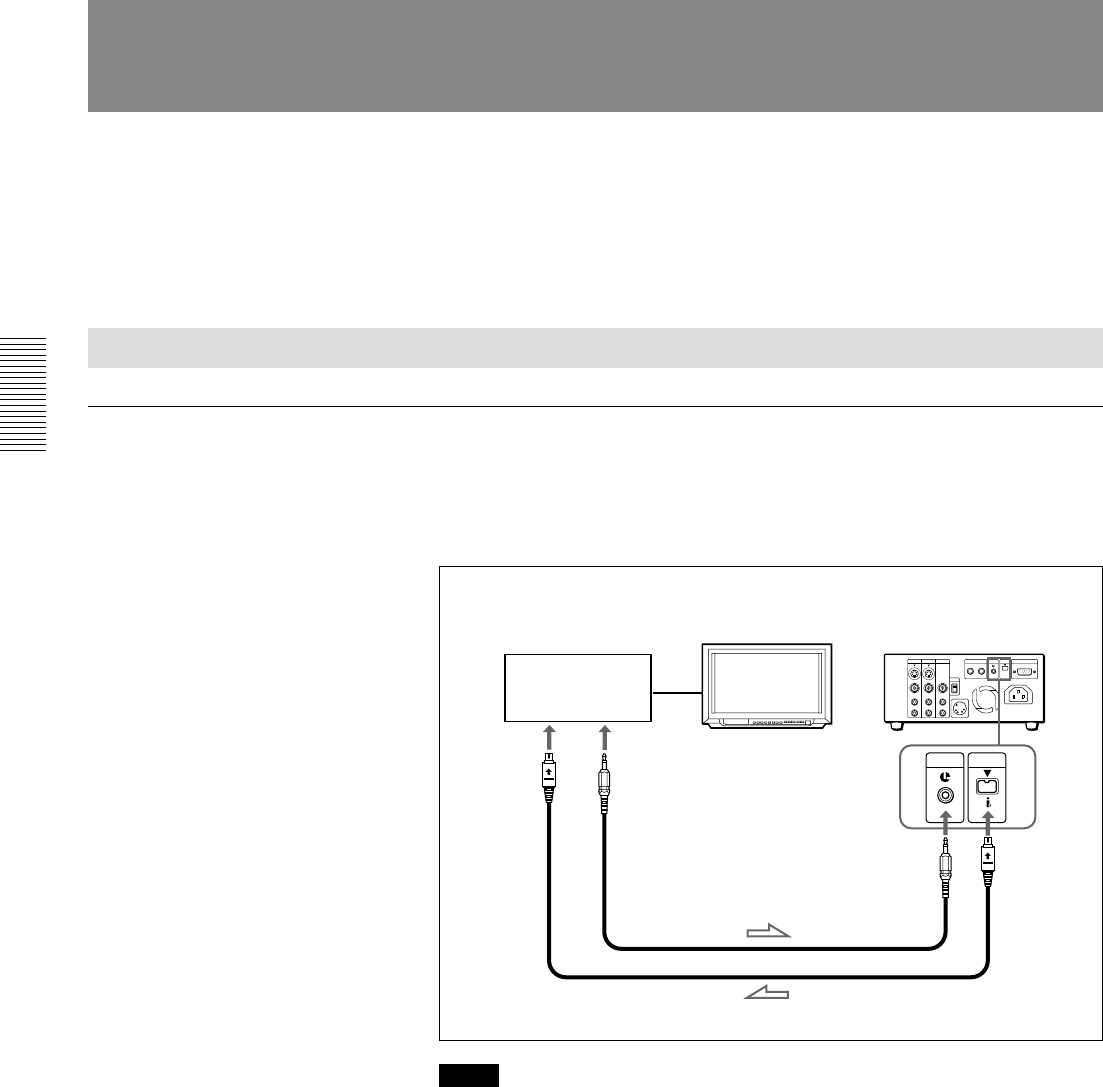
Playback
Chapter 2 Playback and Recording
18
EN
Chapter 2 Playback and Recording
This section describes the necessary connections, settings and operations
to perform playback on this unit. The same settings and operations apply
whether you are using the unit as part of an editing system, for dubbing, or
as a stand-alone videocassette player.
Connections for Playback
To digital video equipment with DV connector
The video and audio signals are sent with hardly any degradation, enabling
high-quality editing. The signal flow is automatically detected so you need
not make separate connections for input and output.
Notes
• Set DV EE OUT in the menu to OFF (see page 35).
• Audio signals are not output during playing at various speeds.
• With the DV connection, the sound is recorded in the same audio
recording mode as that of the source tape. To record in a different audio
recording mode from the source tape, use the LINE connection instead.
• With the DV connection, tape information (recording date, camcorder
data, etc.) recorded on the source tape is transmitted from this VCR
(player). As a result, when you play back a recorded tape and press
DATA CODE, the same tape information recorded on the source tape is
displayed on the monitor screen. However, contents of the cassette
memory are not transmitted. In addition, the time code is newly recorded
on the tape on the other VCR, except when copying a tape in Duplicate
mode.
• As for the LANC connection, see “Notes for LANC connection” on the
next page.
LANC DV
IN/OUT
Playback
Recorder Player
DV cable (not supplied)
LANC cable (not supplied)
Other VCR
This VCR
Monitor
ç: Signal flow
to the DV
jack
to the LANC
jack



